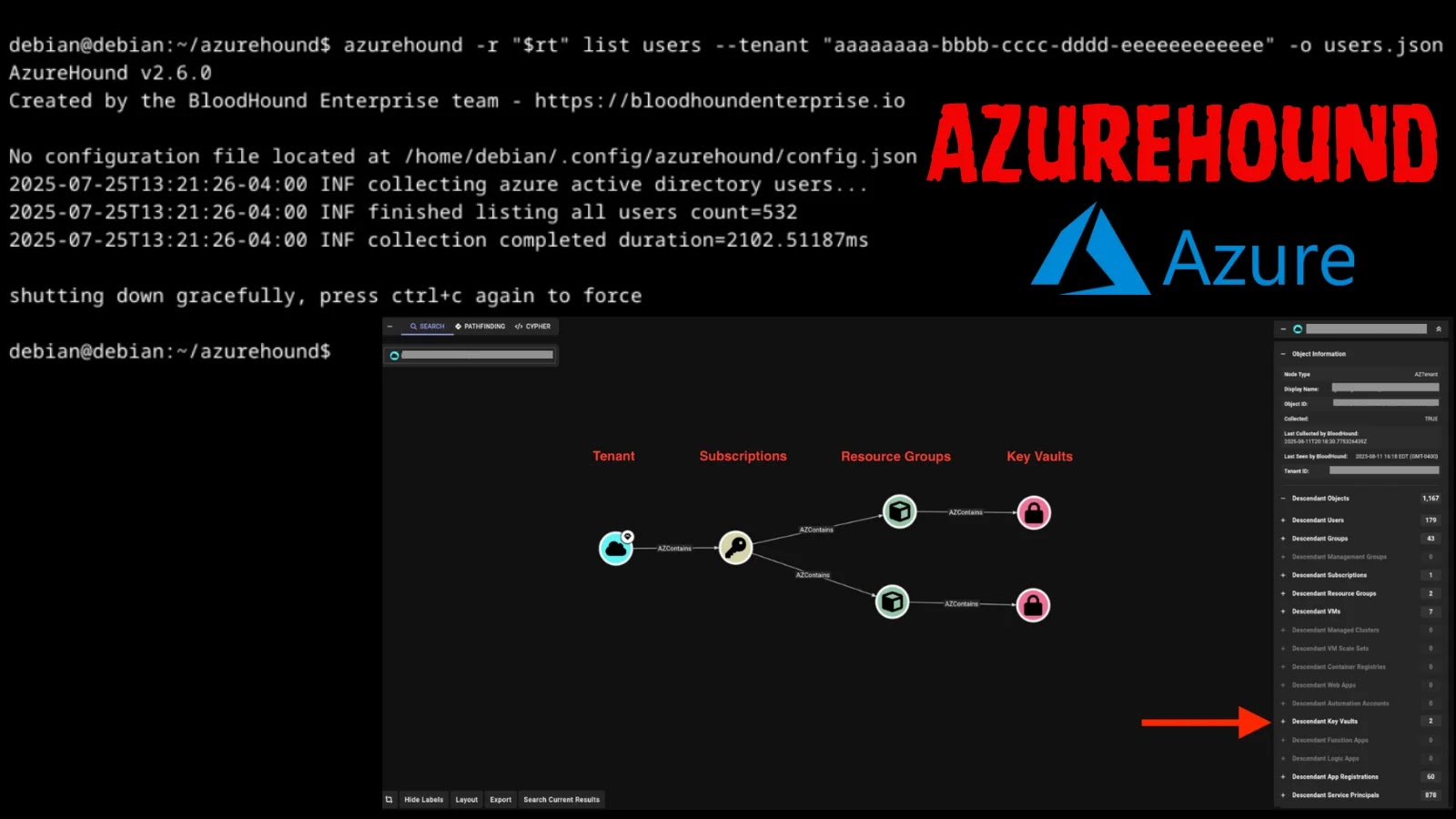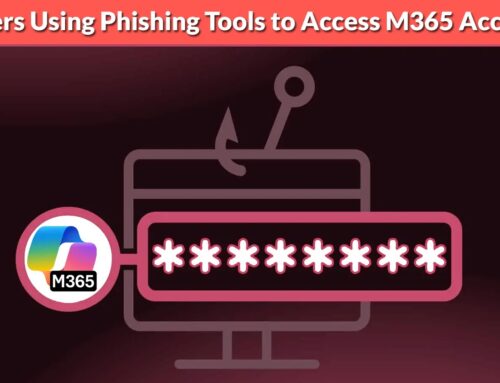
AzureHound Penetration Testing Tool Weaponized by Threat Actors to Enumerate Azure and Entra ID
The Double-Edged Sword: When AzureHound Turns Malicious
Azure and Entra ID environments are critical to modern enterprises, housing sensitive data and controlling access to vital resources. Security professionals rely on powerful tools to identify and remediate vulnerabilities within these complex cloud ecosystems. One such tool, AzureHound, an integral part of the BloodHound suite, was developed precisely for this purpose: to help red teams and penetration testers uncover misconfigurations and potential attack paths. However, a disturbing trend has emerged, as sophisticated threat actors are increasingly weaponizing AzureHound for malicious enumeration, turning a legitimate security instrument into a potent reconnaissance tool.
AzureHound: A Legitimate Tool for Cloud Security Analysis
Originally designed to enhance cloud security, AzureHound provides unparalleled visibility into Azure and Entra ID (formerly Azure Active Directory) relationships. It helps security teams map out a bewildering array of connections, including administrative roles, group memberships, application registrations, and service principal permissions. This capability is invaluable for:
- Vulnerability Identification: Pinpointing overly permissive access controls or misconfigured resources.
- Attack Path Mapping: Visualizing potential lateral movement opportunities an attacker might exploit.
- Security Posture Improvement: Guiding remediation efforts to strengthen cloud defenses.
Weaponization by Threat Actors: A New Frontier in Cloud Exploitation
While AzureHound empowers defenders, its very power makes it attractive to attackers. Threat actors are now leveraging AzureHound to systematically map out target Azure and Entra ID environments once initial access is gained. Their objectives are clear:
- Privilege Escalation: Identifying paths to higher-level administrative roles.
- Lateral Movement: Discovering how to move undetected across interconnected Azure resources.
- Data Exfiltration: Locating sensitive data stores and identifying avenues for extraction.
- Persistent Access: Establishing hidden backdoors or manipulating existing configurations for long-term access.
This shift underscores a critical challenge in cybersecurity: tools designed for defense can, with malicious intent, become powerful weapons in the hands of adversaries. The insights AzureHound provides to a red team for remediation are precisely the insights an attacker seeks for exploitation.
Remediation Actions and Proactive Defense Strategies
The weaponization of tools like AzureHound necessitates a robust, proactive defense strategy. Organizations must assume that sophisticated attackers will employ similar methods to understand their cloud environments. Here are actionable remediation and defense strategies:
- Strict Identity and Access Management (IAM): Implement the principle of least privilege across all Azure and Entra ID resources. Regularly review and revoke unnecessary permissions.
- Multi-Factor Authentication (MFA): Enforce MFA for all user accounts, especially administrative roles.
- Conditional Access Policies: Configure policies to restrict access based on location, device, and other contextual factors.
- Regular Security Audits and Penetration Testing: Conduct frequent audits of Azure and Entra ID configurations using tools like AzureHound to proactively identify and remediate vulnerabilities before attackers do.
- Monitoring and Alerting: Implement comprehensive logging and monitoring for suspicious activities within Entra ID and Azure. Pay close attention to unusual API calls, resource creation, or permission changes.
- Supply Chain Security: Vet third-party applications and service principals rigorously, as they often represent a common initial access vector.
- Cloud Security Posture Management (CSPM): Utilize CSPM tools to continuously assess configurations against security best practices and compliance standards.
- Employee Training: Educate users about phishing, social engineering, and the dangers of compromising credentials.
Relevant Tools for Detection and Mitigation
Implementing a strong defense requires the right toolkit. Here’s a selection of valuable tools:
| Tool Name | Purpose | Link |
|---|---|---|
| Microsoft Defender for Cloud | Cloud security posture management (CSPM), threat protection | https://azure.microsoft.com/en-us/products/defender-for-cloud/ |
| Azure AD Connect Health | Monitor and gain insights into your identity infrastructure | https://learn.microsoft.com/en-us/azure/active-directory/hybrid/what-is-azure-ad-connect-health |
| BloodHound (with AzureHound) | Attack path mapping, vulnerability identification (for defense) | https://github.com/BloodHoundAD/BloodHound |
| Prowler | Cloud security best practices assessment, auditing | https://github.com/prowler-cloud/prowler |
| Azure Monitor | Comprehensive monitoring, logging, and alerting for Azure resources | https://azure.microsoft.com/en-us/products/monitor/ |
Key Takeaways for Securing Azure and Entra ID
The evolving threat landscape, marked by the weaponization of legitimate tools like AzureHound, demands vigilance and proactive security measures. Organizations must recognize that attackers are becoming increasingly sophisticated in their reconnaissance efforts. Securing Azure and Entra ID requires not just reactive defenses but a deep understanding of potential attack paths, continuous monitoring, and a commitment to the principle of least privilege. Regular security assessments, leveraging the same insights that attackers seek, are paramount to staying ahead of adversaries and protecting critical cloud assets.





